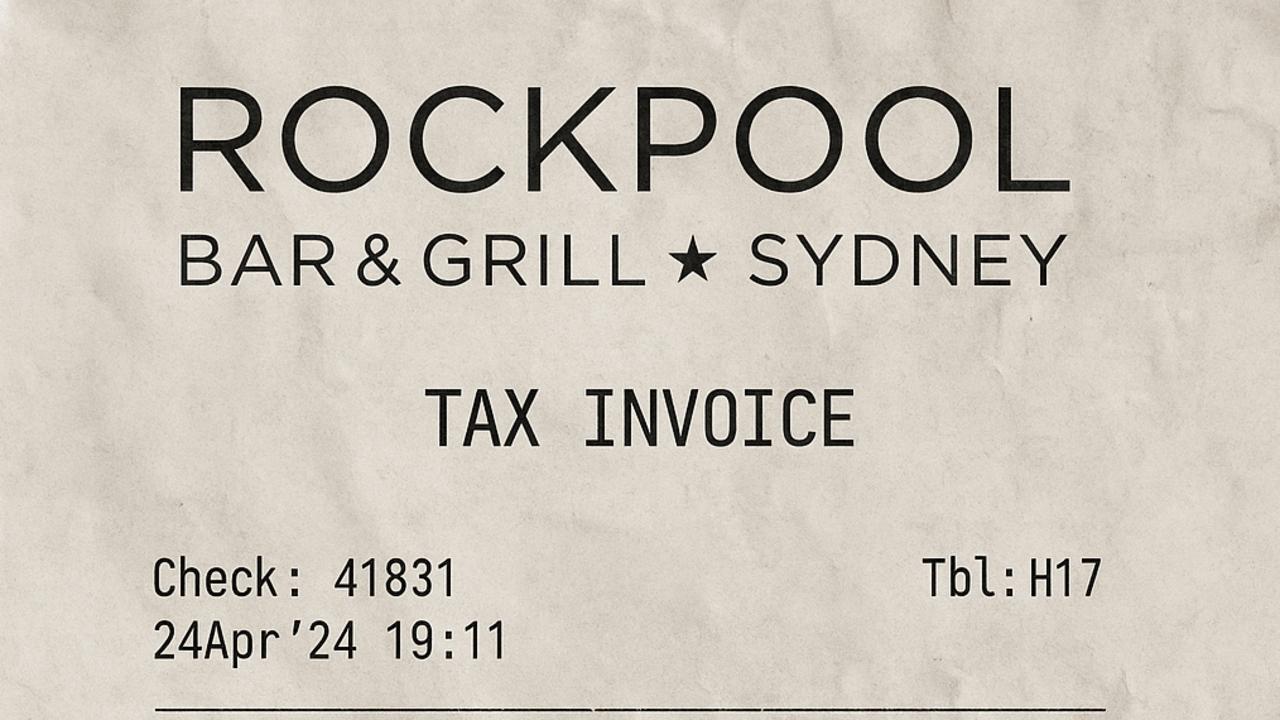Enablers and disruptors: the great fintech split
With banks under immense pressure to modernise, fintechs are dividing into enablers and disrupters.

Financial technology companies are dividing into two camps: enablers and disruptors, according to Colorado-based Australian start-up veteran Phil Copeland.
Fintech companies are often known for lofty rhetoric about plans to disrupt the business models of giant financial institutions.
But several companies presenting at the Finovate Fall conference in New York last week showcased products designed to help big banks reduce fraud, save on compliance costs and encourage better customer savings habits.
“The banks are under a huge amount of pressure to modernise and digitise their business and to become more Amazon-like. They’ve got a long way to go, frankly,” Mr Copeland, chief executive of digital customer acquisition company Avoka, told The Australian on the sidelines of the conference.
“There’s two different camps [of start-ups]: people that are going to wind up competing with the existing banks and those that are going to help the established organisations modernise their own businesses.”
Avoka is an enabler, rather than a disruptor – it counts seven of the top 12 Australian banks as customers, including Westpac and Macquarie, as well as some global banks including Citi. The company’s focus is on helping banks to sign up new customers and reducing the amount of prospective customers who get halfway through a complicated form and give up.
With backers including Australian venture capital investor Roger Allen, Avoka recently raised $A16m in fresh funding, and is considering an ASX listing in future.
Another Australian company at the conference with a focus on helping banks was Sydney-based identitii.
The regulatory tech start-up is helping banks find out more information about payments made and received by business customers, to help reduce money laundering and terrorism financing. Using a private distributed ledger, the company provides a messaging system and document retrieval for banks.
Chief executive Nick Armstrong points out that banks are spending billions of dollars on compliance costs, which identitii hopes to be able to reduce.
“Reg tech is about to take off,” Mr Armstrong told The Australian. “There are companies that are doing predictive analytics to try and stop fraud. There are companies doing behavioural analytics to try to stop rogue trading. There are reg tech start-ups that are doing new ways of onboarding, like biometric.”
Biometric verification – proving a user’s identity using their physical features rather than a password – was a recurring theme over the two-day event.
Several product demonstrations featured users logging into or signing up for a service by taking a selfie or talking into their phone.
Personal finance tools were another recurring theme. A number of companies showcased apps – either standalone or white label products for big banks – that nudge consumers to save or pay down debt.
Chatbots on display were able to message users after their pay cheque had hit their account, to ask if users would like to save a certain amount of money. When a user replies “yes”, the app can move the funds from a transaction account to a savings account.
Users could also ask the apps how much money they had spent on restaurants last month, for example, or for a pie chart showing the breakdown of their spending patterns.
One demonstration taking a slightly different track was Australian agricultural tech company Full Profile, which helps farmers get paid for their soft commodities in a more timely manner.
Farmers regularly sell grain to buyers on 30-day payment terms, Full Profile chief executive Emma Weston explains, meaning if the buyer faces financial difficulties and is unable to pay their bill, the farmer may have no way of recovering goods that have already been sold on or eaten.
The company is also using the distributed ledger to enforce “smart contracts” that transfer payment from buyer to seller when the product is delivered.
For buyers to participate in this system, they must have good access to finance, weeding out the buyers who may be less likely to pay their bill.
“At the end of the day, what makes the supply chain work is what powers it,” Ms Weston told The Australian. “And that’s the asset that goes through it, and what’s financing that asset.”



To join the conversation, please log in. Don't have an account? Register
Join the conversation, you are commenting as Logout